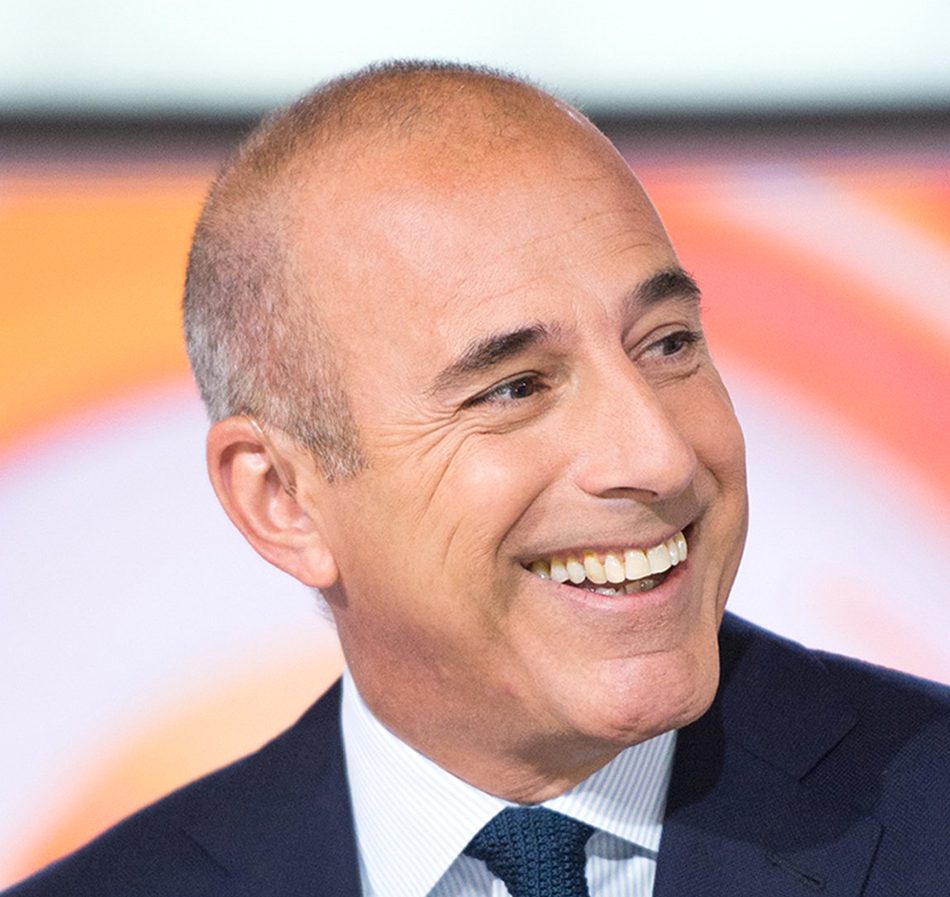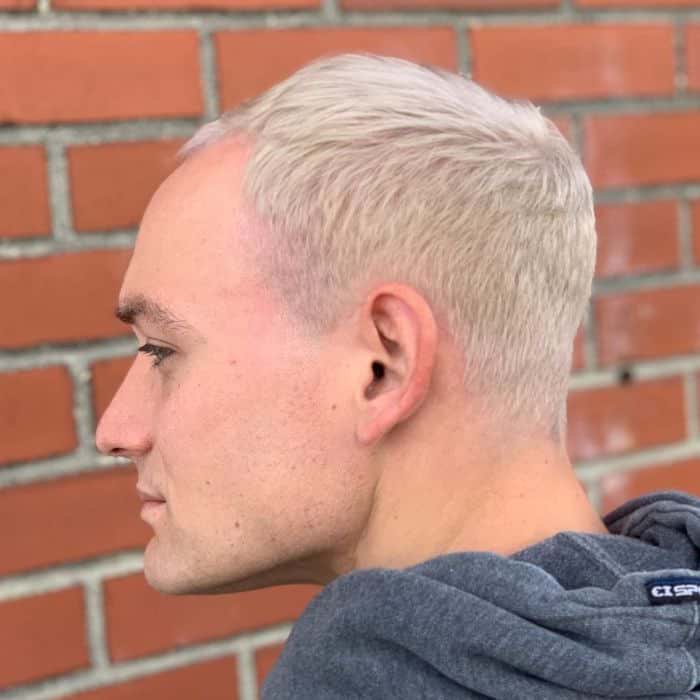Table Of Content

Always consult with a healthcare provider if you're concerned about hair thinning or loss related to medication. They can offer guidance or potential alternatives if the medication's side effects affect your hair. You can prevent hair loss caused by chemical hair treatments by not using them.
Thinning hair in women: Why it happens and what helps - Harvard Health
Thinning hair in women: Why it happens and what helps.
Posted: Wed, 03 Apr 2024 07:00:00 GMT [source]
How is male pattern baldness diagnosed?
With age, most people notice some hair loss because hair growth slows. At some point, hair follicles stop growing hair, which causes the hair on our scalp to thin. Baldness typically refers to excessive hair loss from your scalp. Hereditary hair loss with age is the most common cause of baldness.
Medications

Only consider supplementing with biotin, iron, or zinc upon confirmation of deficiencies through blood tests. Hair loss and hair thinning aren't precisely the same, though they are related. Hair loss refers to the significant reduction in the number of hair strands, leading to visible bald patches or overall decreased hair density. With minoxidil, you might also see hair growing in places other than your scalp (cheeks and forehead, for example). Wash your face after you apply minoxidil and make sure you avoid other areas when you apply it.
How does male pattern baldness affect my body?
There are both prescription and over-the-counter drugs approved for the treatment of male pattern baldness. Well, hair follicles that are sensitive to DHT have a tendency to shrink over time. As the affected hair follicles get smaller, the life span of each hair becomes shorter. Eventually, the affected follicles stop producing hair, or at least the type of hair you’re used to. Some studies show that this procedure can help to stimulate hair growth, especially when used in combination with another treatment, such as minoxidil. Understanding the cause of thinning hair is crucial for effective treatment because different causes require different approaches.
What color is your tongue? What's healthy, what's not?
The genetic component of balding still isn’t well understood, but it’s thought that it involves many different genes. Minoxidil may take two to four months of daily use before you notice any improvement in your hair loss. Finasteride may take at least three months of daily use before you notice any improvement. If you stop using either medication, your regrown hair will fall out. If you’re concerned about going bald, be sure to speak to your doctor or dermatologist. They can work with you to figure out the treatment options that are right for you.
Who does male pattern baldness affect?
In adulthood, hair loss, also called alopecia, can start at almost any age. When DHT increases, or when the hair follicle becomes more sensitive to DHT, the hair follicle shrinks. The anagen phase also shortens and, as a result, hairs falls out earlier than normal. In this article, we’ll explore the possible causes and symptoms of balding.
If you find that your hair is thinner than it used to be, you can draw some comfort from the fact that you’re not alone. Male pattern baldness affects the majority of men at some stage in their lives. Research indicates that this method may serve as a safe and efficient treatment for hair loss. PRP includes extracting a small portion of your blood, processing it in a machine to separate its the plasma, and injecting the plasma portion into the affected scalp area. While hair loss isn’t itself dangerous, losing your hair is an emotional experience. Unwanted changes to your appearance can influence your self-esteem and social life.
Health Alerts from Harvard Medical School
Yes, treating the thyroid disease can reverse the hair loss. If the stress stops, your body will readjust and the excessive shedding will stop. When the shedding stops, most people see their hair regain its normal fullness within 6 to 9 months. A dermatologist is a medical doctor who specializes in treating the skin, hair, and nails. If you lose significant hair, it’s important to protect your scalp.
Hair Loss Prevention: 22 Things You Can Do to Stop Hair Loss - Healthline
Hair Loss Prevention: 22 Things You Can Do to Stop Hair Loss.
Posted: Thu, 25 Apr 2024 16:18:45 GMT [source]
In the most common type of permanent hair loss, only the top of the head is affected. Hair transplant, or restoration surgery, can make the most of the hair you have left. Any information you can provide about how quickly the hair loss occurred, along with any family history of baldness, will also be helpful. Your clinician might prescribe anti-inflammatory medications, like corticosteroids, if hair loss seems related to an autoimmune condition. Because so many things can cause hair loss, it’s best to schedule an appointment with a medical professional if you notice any changes in your hair. Tinea capitis, also called ringworm of the scalp, is a fungal infection that can affect the scalp and hair shaft.
A doctor may need to treat the underlying cause of the condition to reduce hair loss. If your hair loss is caused by an underlying disease, treatment for that disease will be necessary. If a certain medication is causing the hair loss, your doctor may advise you to stop using it for a few months. This is true for damaged hair follicles from too-tight hairstyles, damaged hair follicles from chemicals applied to the hair, and damages caused by certain autoimmune diseases. This works well for people with inherited baldness since they typically lose hair on the top of the head.
In men, it’s more commonly known as male pattern baldness. With this type of balding, hair loss follows a fairly predictable pattern. Many people choose not to see a healthcare provider if they have female pattern baldness.
Female pattern baldness usually starts after menopause. It’s reversible with treatment, which includes medications, red light therapy or styling techniques. The type and severity of hair loss you experience may determine the outcome (prognosis). Some types of hair loss are permanent, especially if you have damage to your hair follicles.
It is usually a temporary solution, useful only while the area of hair loss is small. As the hair loss increases, a comb over becomes less effective. The degree and progression of balding in men is assessed by the Norwood classification system. It has seven stages that measure the severity and pattern of hair loss and balding. According to the American Hair Loss Association, 95 percent of hair loss in men is caused by androgenetic alopecia. Treatment that works for one person may not work for another.
Many people think that hair loss only affects people assigned male at birth (AMAB). However, studies show that more than 50% of people assigned female at birth will experience noticeable hair loss. The most significant cause of hair loss in women is female-pattern hair loss (FPHL).
Effective treatment for hair loss begins with finding the cause. To get an accurate diagnosis, it helps to see a board-certified dermatologist. These doctors have in-depth knowledge about the many causes of hair loss and experience treating the diverse causes.
Wear a hat, scarf or other head covering when you’re in the sun, and apply sunscreen daily. Baldness (androgenic alopecia) is the most common type of hair loss. It affects an estimated 80 million individuals in the U.S. Most healthy people lose up to 100 strands of hair per day. As part of your hair’s growth cycle, new strands grow and take the place of the ones you shed.

No comments:
Post a Comment